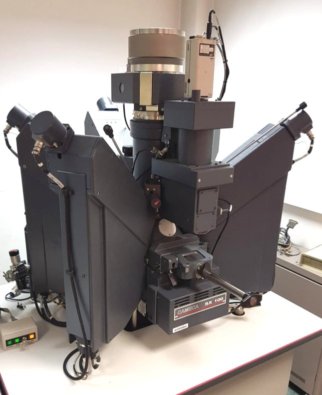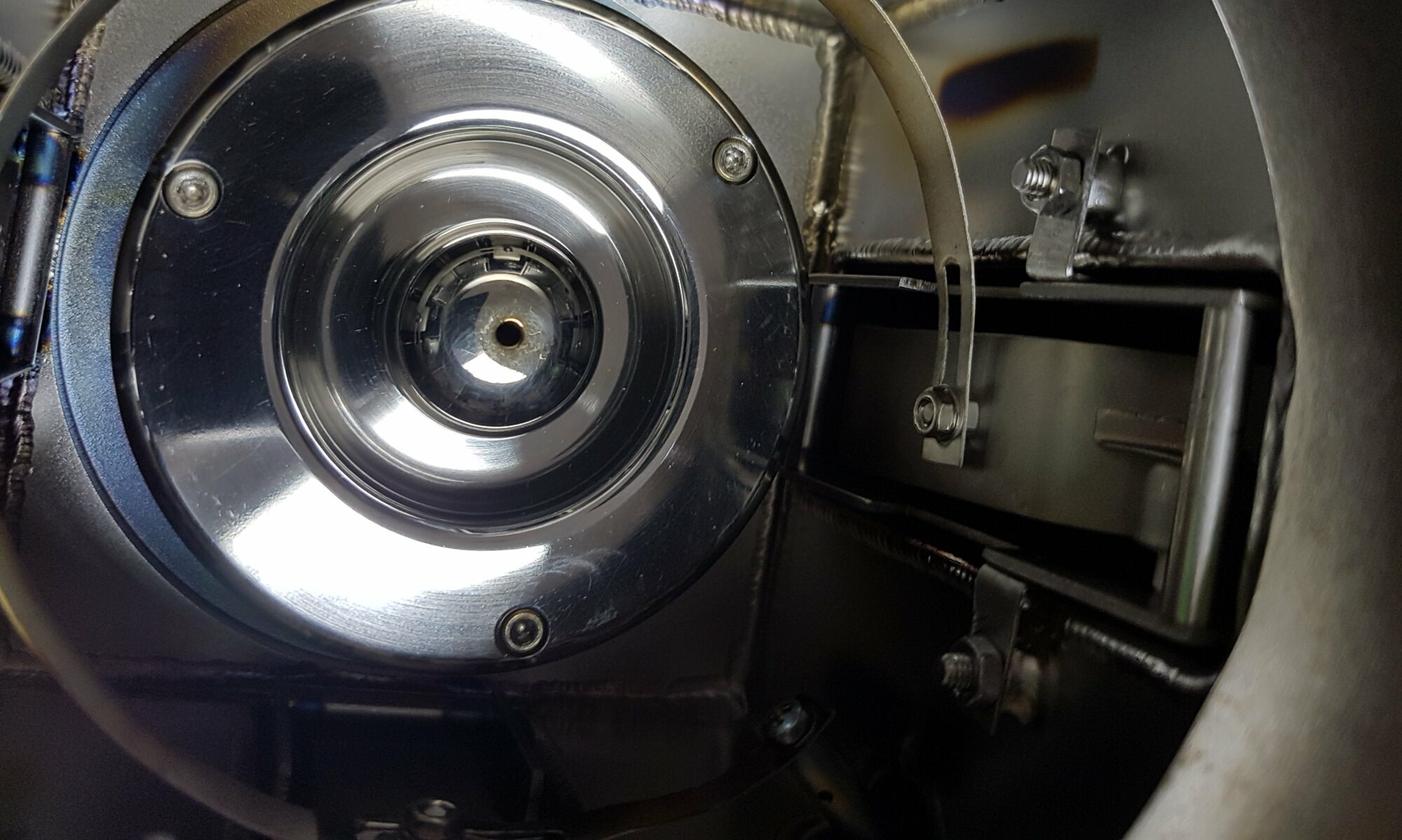A constant stream of investment in to microanalysis at the University of Manchester sees this instrument running the latest version of the Cameca PeakSight software as well as benefitting from the Probe Software Inc Probe for EPMA software suite.
This versatile microprobe is equipped with a full complement of 5 Wavelength Dispersive Spectrometers, each equipped with a number of diffracting elements including LLIF, LPET, TAP and the light element pseudo-crystals PC0, PC1, LPC2 and PC3.
The light optics attached to this instrument allow samples to be viewed in polarised and cross-polarised transmitted or reflected light with a field of view down to 250 microns.
Bespoke software allows for navigation of samples via a “point and click” electron beam image interface, which when coupled with the navigation features of the Probe Software suite, allows for the simple and rapid plotting of analysis points.
This instrument routinely quantifies complicated natural samples with a high degree of accuracy and precision, with quality control provided by analysis of a large number of internationally recognised standard reference materials.

Electron Source: Tungsten
Detectors: 5x WDS equipped with a range of diffracting elements: LLIF, LPET, TAP, PC0, PC1, LPC2 and PC3
Contact: Jon Fellowes
Location: B10 Williamson Building
